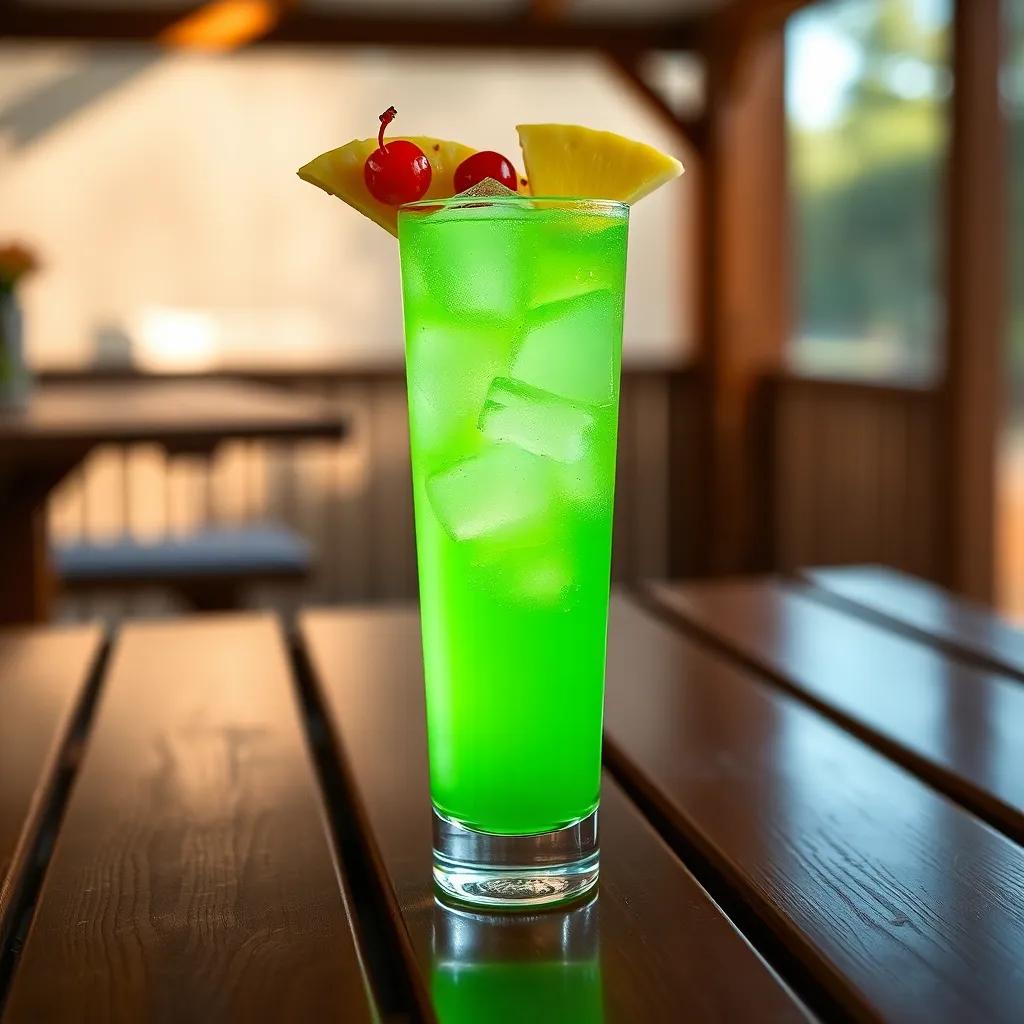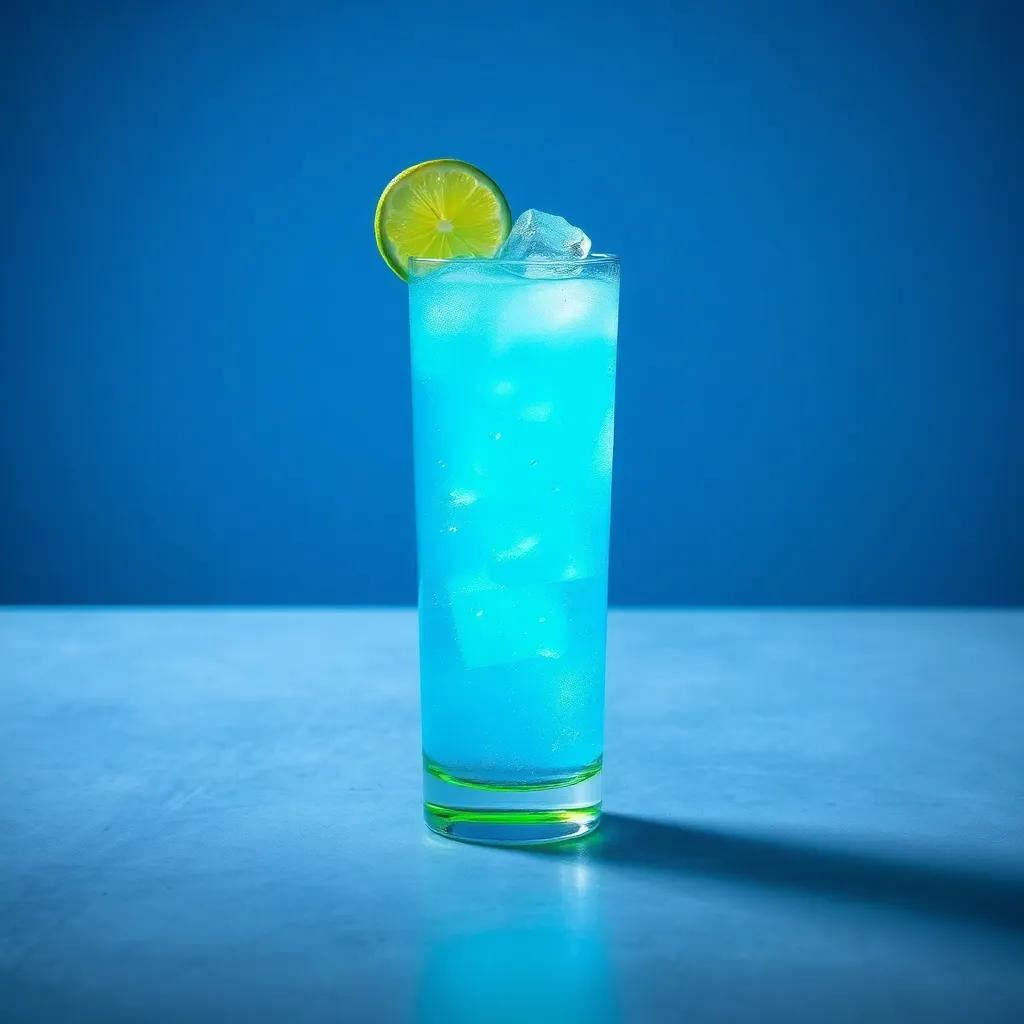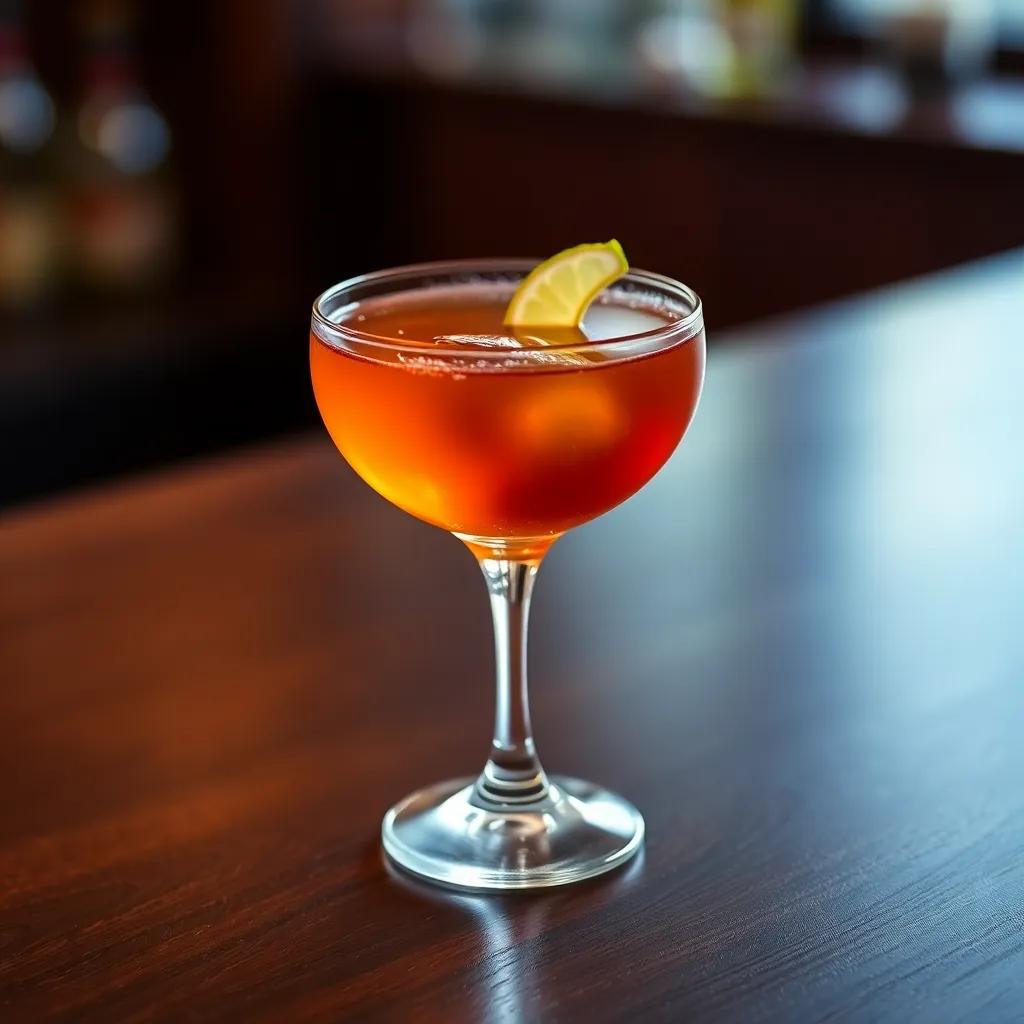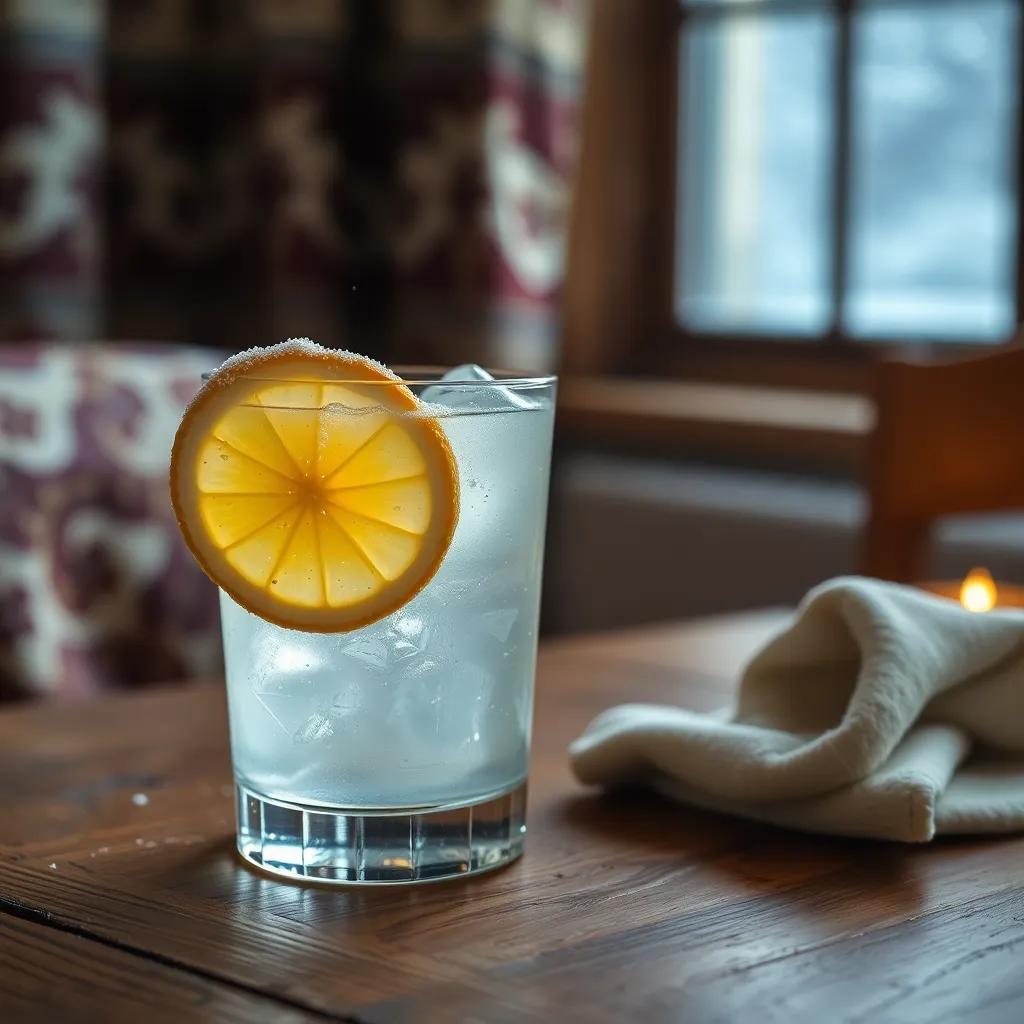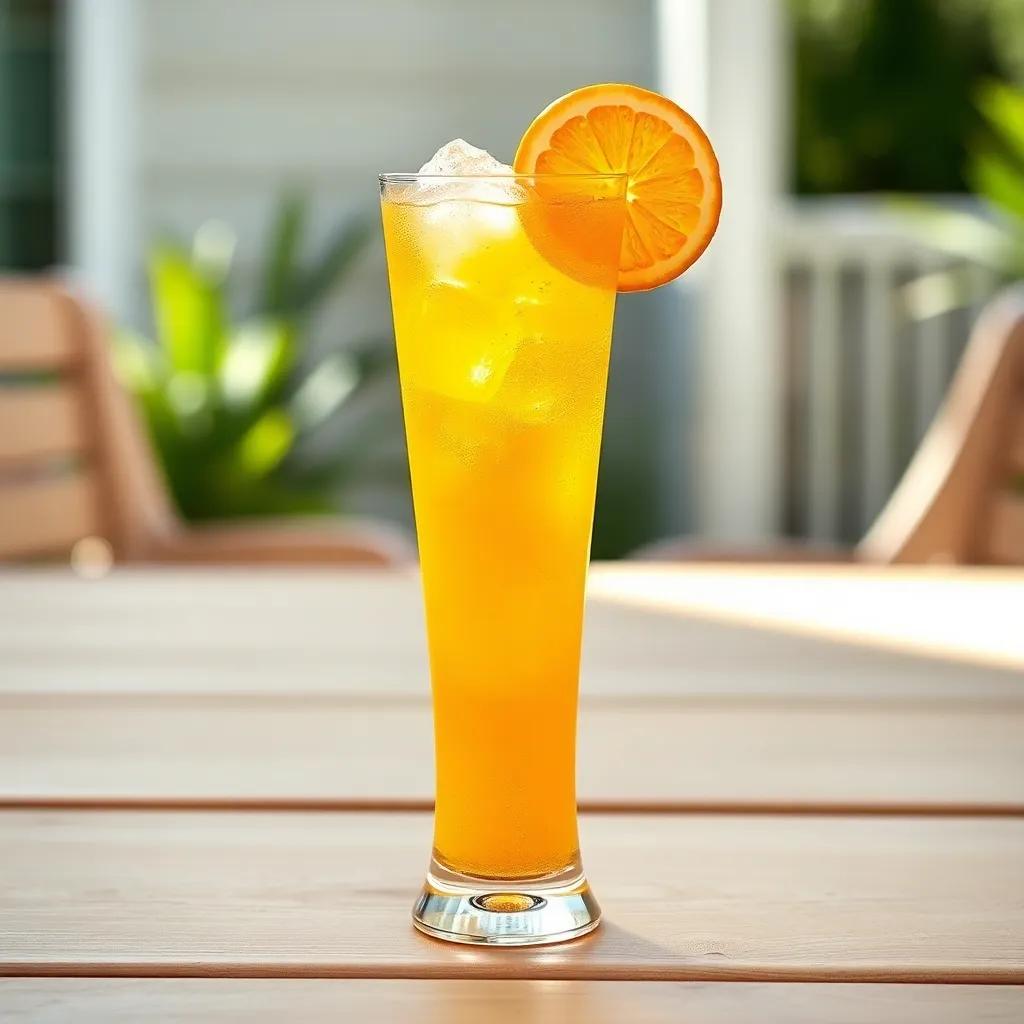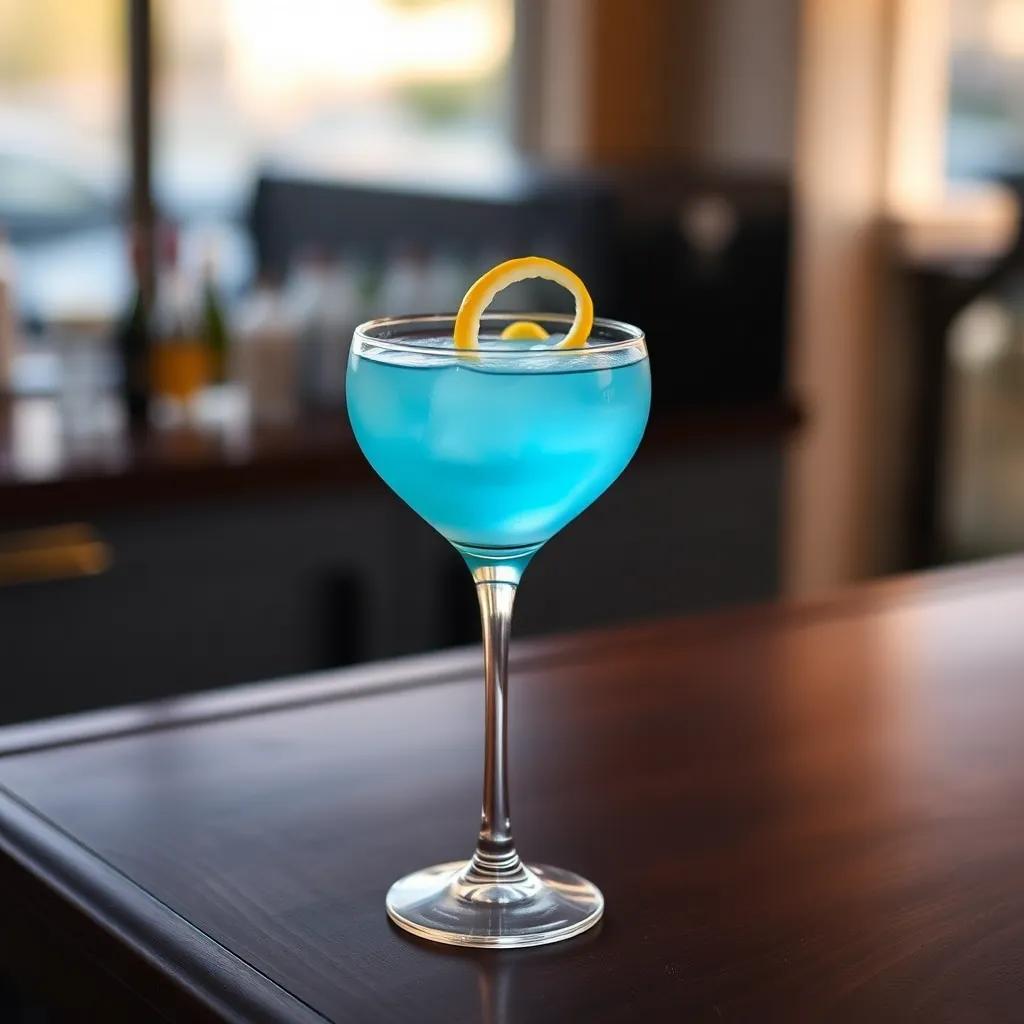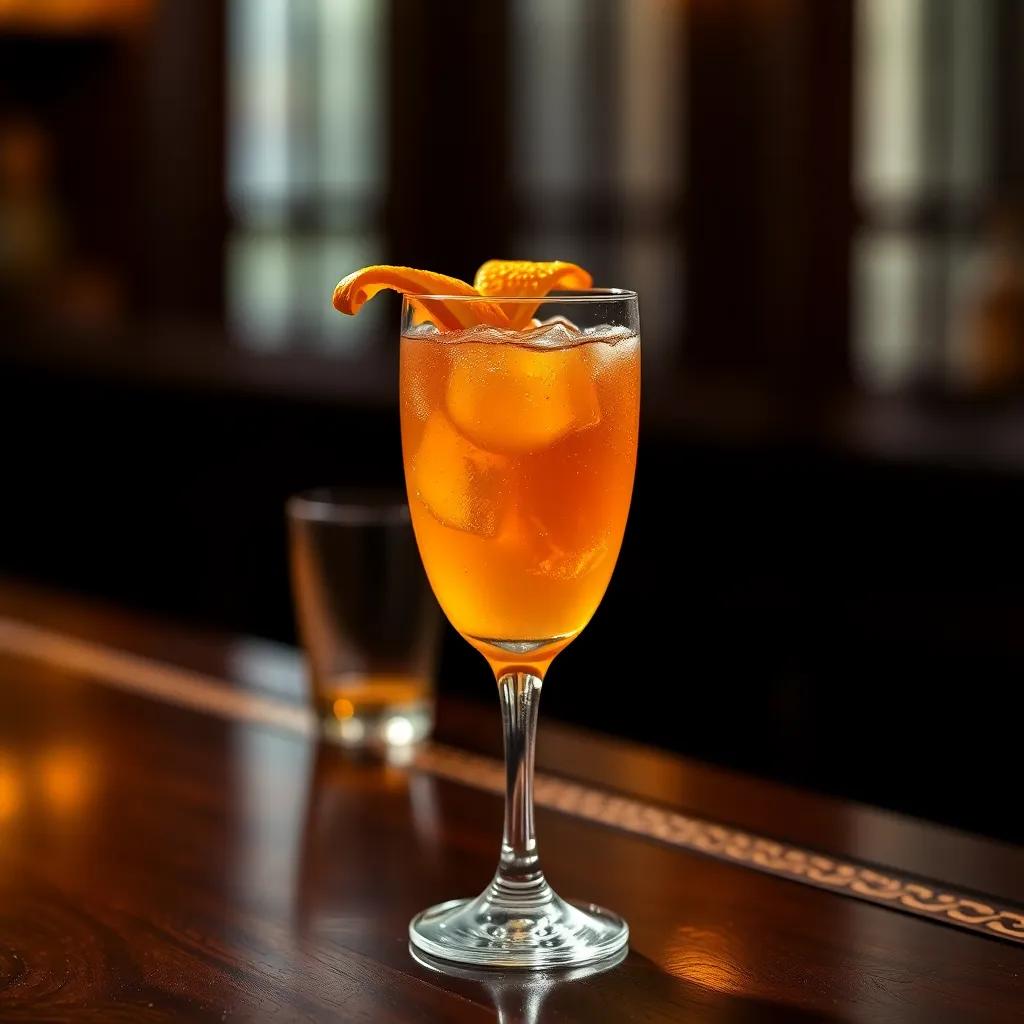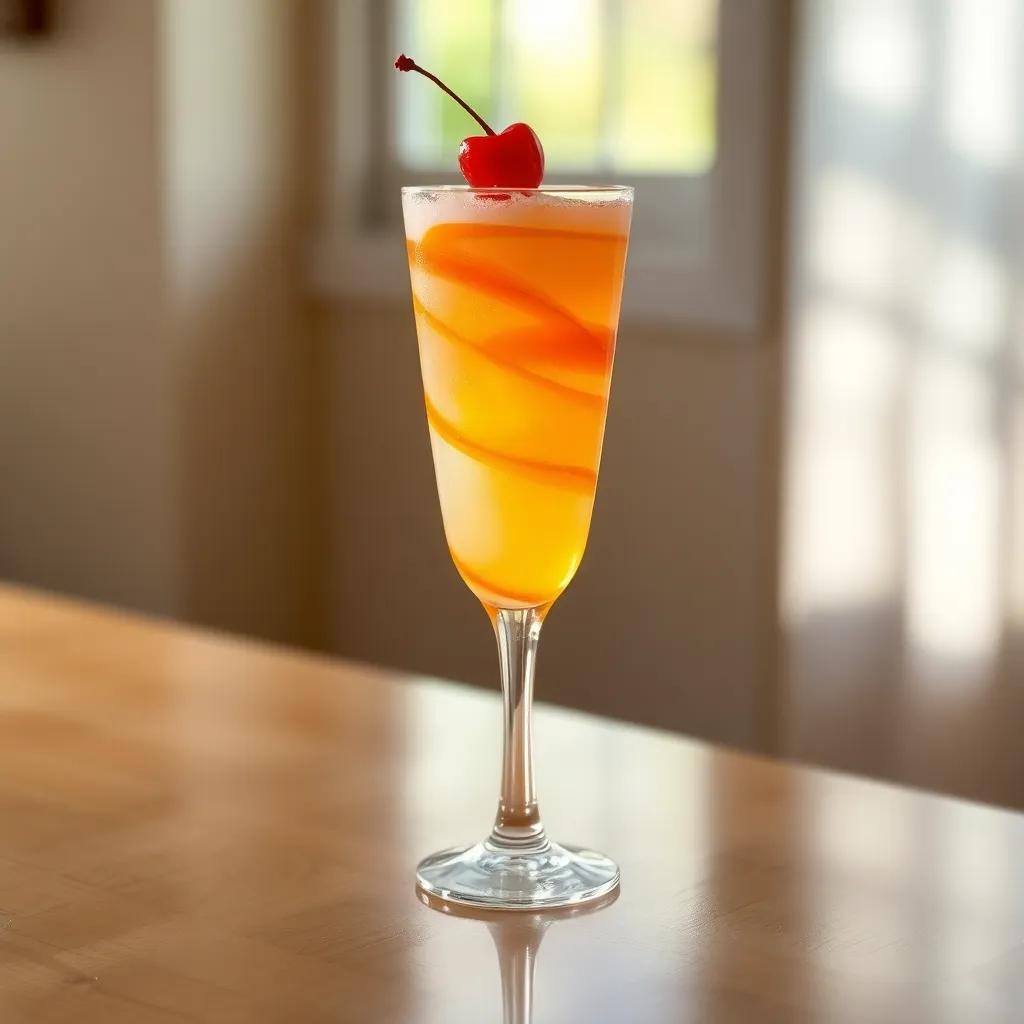
I stumbled upon the Opera cocktail during a vintage cocktail book deep-dive last month – a happy accident that’s turned into one of my favorite recent discoveries. It’s not a drink you’ll bump into at most bars, but honestly, that just makes mixing one up at home feel all the more special.
The Opera is a sophisticated sipper, all about balance and understatement. Gin takes center stage, joined by the deeply aromatic Dubonnet Rouge and a couple of dashes of orange bitters. Unlike the bold showstoppers that crowd out modern cocktail menus, this one is subtle – it doesn’t try to impress with flash or fire, but instead charms you with quiet complexity. Sometimes, that’s exactly what the evening calls for.
Strength & Profile
Note: You can tap on flavors, occasions, and feels to view more similar cocktail recipes.
As far as history goes, the Opera is a bit of a mystery. It likely dates back to the early 20th century, possibly named for the Paris Opera House – a nod to the glitz and refinement of that era. By the 1920s and 30s, it had made its way into classic bartending books and the glassware of London’s more upscale establishments.
What keeps me coming back to the Opera is its sense of balance. The herbal lift of gin leads, Dubonnet follows with an almost winey richness and gentle quinine bite, and the orange bitters add an echo of citrus – never dominating, just threading everything together. It tastes “grown-up” in the best way: full-flavored and elegant, definitely not trying to hide its strength, but also not assaulting your palate.
Ingredients:
- 1½ oz (45 ml) gin
- ¾ oz (22 ml) Dubonnet Rouge
- 2 dashes orange bitters
- Lemon peel, for garnish
You really want to serve this in something stemmed and chilled. I use a vintage coupe when I can, but any cocktail glass will do. There’s something about the weight and chill of the glass that makes even a Tuesday night feel like a special occasion.
How to Make It:
- Fill a mixing glass with ice.
- Add the gin, Dubonnet, and bitters.
- Stir well – don’t rush this; a good 30 seconds gets it cold and perfectly diluted.
- Strain into your chilled glass.
- Express a strip of lemon peel over the drink to release those essential oils, then drop it in.
Now, if you feel like experimenting (and trust me, I always do), there’s room to play. Sometimes I’ll swap half the gin for a splash of dry sparkling wine to brighten things up. If you feel like splurging, try aged gin instead of your usual London dry – you’ll get this intriguing hint of wood and vanilla that plays ridiculously well with the Dubonnet.
Hosting friends? The Opera loves company. I usually set out salty-sweet snacks: Marcona almonds, some sharp Manchego with a bit of fig jam, or a little olive plate. Something about the interplay between those flavors and the cocktail’s herbal notes just works.
One last tip: don’t be put off if you’re not a fan of sweet drinks. The gin, bitters, and citrus peel keep the Dubonnet’s sweetness in check. If you taste it and wish it had a bit more bite, bump up the gin or sneak in another dash of bitters – easy tweaks, big payoff.
For me, the Opera is a lesson in restraint and good taste. No fuss, no flashy fireworks, just a handful of ingredients doing their thing in perfect sync. Even if you’re just mixing for yourself after a long day, it’s a gentle reminder that sometimes – often, really – the classics get it right.

